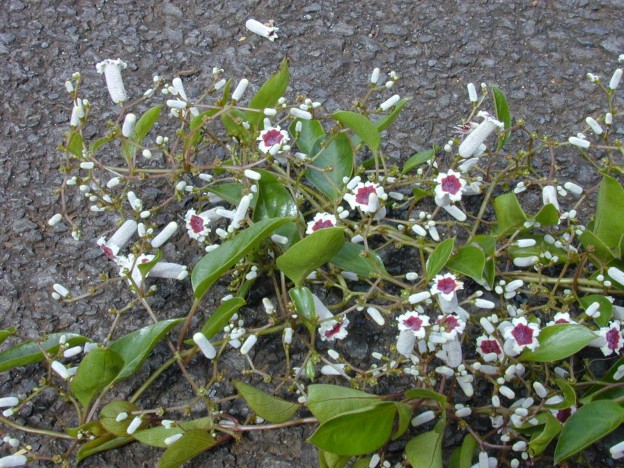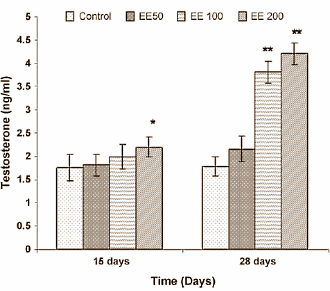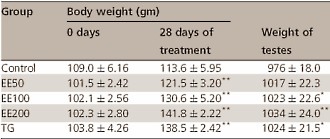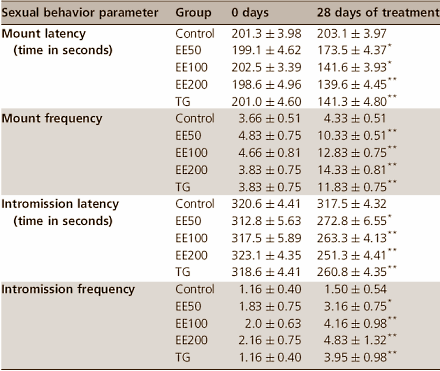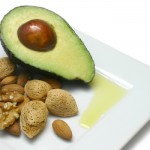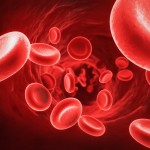Blog Entry #86
By Admin – Steroidal.com
Paederia foetida is a species of plant commonly found in tropical Asian countries and also found in Hawaii and North America. Its also know as Stinkvine and Skunkvine, as when its leaves or stems are crushed its leaves release a potent sulphurous odour.
Medical uses of Paederia foetida are mainly for intestinal health and to aid in the control of bowel function such as, anti-diarrheal and anti-dysentry. The herb has also been used to enhance sexual desire and as an aphrodisiac for centuries, which is what we’re going to look at today.
A 2012 study done in India at the Hari Singh Gour University, have published data which suggests Paederia foetida may raise testosterone levels in rats in the Journal of Men’s Health.
Male rats were split into five different groups and given varied doses of the active ingredient for 28 days. The rats were given either nothing (control), then either 50mg of Paederia foetida, 100mg or 200mg per kilogram of bodyweight. The rats in the TG group were given an injection containing 0.5mg Testosterone Suspension per kg bodyweight twice a week.
The below graph shows the rats who ingested the Paederia foetida had a boosted testosterone level which rose with the increased dosage. After 28 days the rats given the 200mg dose had double the testosterone levels of the rats given 50mg.
The above table shows that the rats testes weight also increased, indicating an anabolic effect consistent with an increased testosterone level. Again, the most dramatic effect was in the 200mg group.
The rat’s bodyweight also increased, as did their prostate size. Their sexual desire or libido was also enhanced as the figure below shows. The higher the dose, the more dramatic the effect again.
Admittedly, this study is on rodents and not humans, but Paederia foetida shows promise in this rodent study, as did a whole host of other herbal ingredients which have gone on to prove their worth in human studies in the future. We at Steroidal.com would suggest waiting for further research as little is also known about its toxicology.
Source:
Department of Pharmaceutical Sciences, Dr. H.S. Gour University, Sagar M.P.470003 India. American journal of men’s health (Impact Factor: 1.15). 12/2012; 9(4):268–276. DOI:10.1016/j.jomh.2011.12.003




